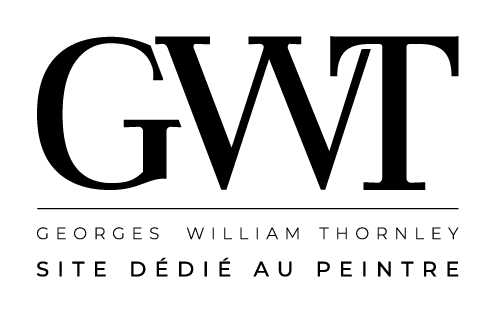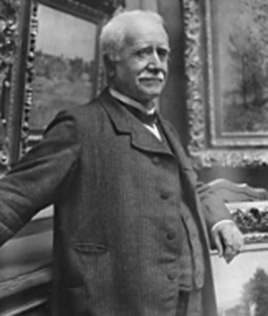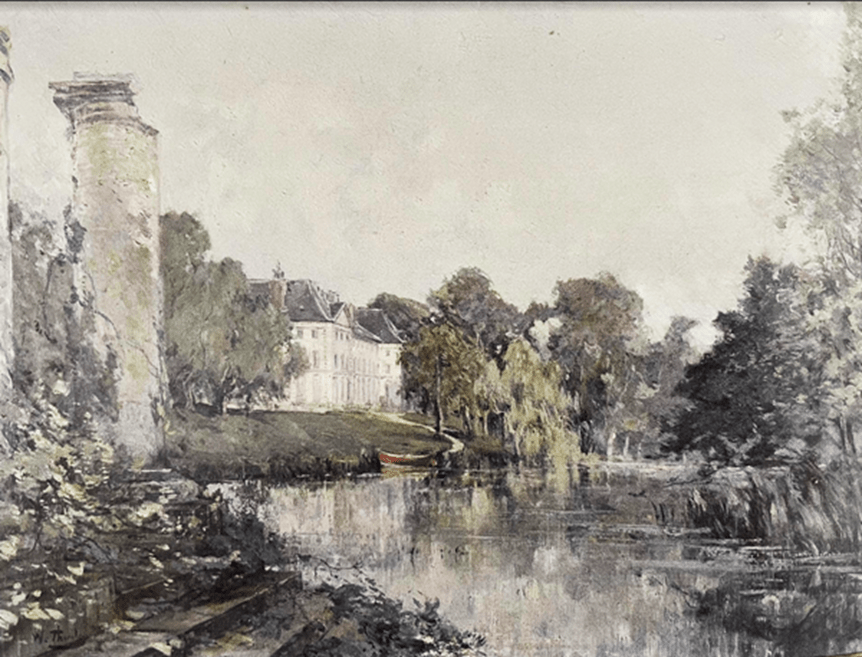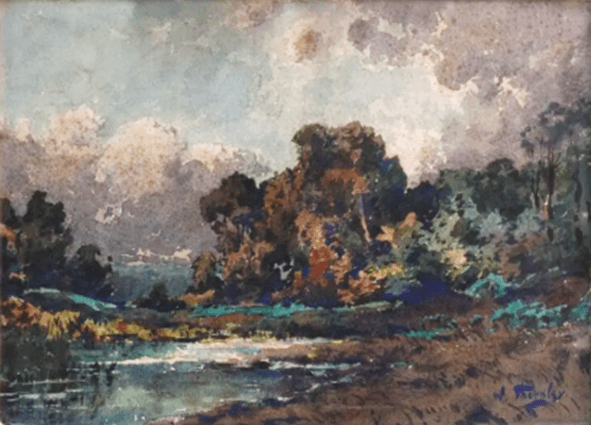En 1865, Paul Durant-Ruel reprend la direction de l’Entreprise familiale parisienne crée par son père, alors spécialisée dans la promotion des œuvres de Corot et des peintres adhérant aux concepts de Barbizon. A la galerie de la rue Le Peletier vient s’ajouter, dès 1867, celle de la rue Laffitte.
Dans les années suivantes, et en particulier à partir de 1870, il intègre dans ses galeries d’art les œuvres réalisées par les futurs membres du groupe des impressionnistes. Il se réfugie ensuite à Londres, suite à la guerre avec la Prusse, et y ouvre une galerie où se tient la première des dix expositions annuelles de la Society of French Artists. A cette occasion, Charles François Daubigny lui présente Camille Pissarro et Claude Monet qui deviennent, à leur tour, des fournisseurs réguliers de leurs œuvres.
Paul Durant-Ruel devient progressivement, avec constance, le principal soutien moral et financier des impressionnistes. Il n’hésite pas, si nécessaire, à s’endetter, pour arriver, « contre vents et marées », à leur maintenir une source de revenus. L’intérêt de la France pour les impressionnistes étant décevant, il se tourne vers le marché américain en organisant une exposition à Boston en 1883, sur les conseils de Marie-Cassatt qui l’appuie dans ses démarches. L’exposition organisée en 1886 à New-York consacre le succès des impressionnistes auprès des américains ainsi que leur première reconnaissance officielle.
C’est à l’occasion de la seconde exposition des peintres graveurs organisée dans sa galerie parisienne de Paul Durant-Ruel du 6 au 26 mars 1890, que William Thornley (1857-1935) présente deux aquarelles et une lithographie (Par la suite, et en particulier à partir de 1896, Thornley exposera la plupart de ses réalisations chez le galériste parisien Georges Petit).

In 1865, Paul Durant-Ruel took over the management of the Parisian family business created by his father, which at the time specialized in promoting the works of Corot and painters adhering to the concepts developed in Barbizon. In 1867, the gallery on rue Le Peletier was joined by the one on rue Laffitte.
In the following years, and in particular from 1870, he integrated the works produced by future members of the Impressionist group into his art galleries. He then took refuge in London, following the war with Prussia, and opened a gallery there where the first of the ten annual exhibitions of the Society of French Artists was held. On this occasion, Charles François Daubigny introduced him to Camille Pissarro and Claude Monet, who in turn became regular suppliers of their works.
Paul Durant-Ruel gradually and consistently became the main moral and financial supporter of the Impressionists. He did not hesitate, if necessary, to get into debt, in order to manage, « against all odds », to maintain a source of income for them. Since France’s interest in the Impressionists was disappointing, he turned to the American market by organizing an exhibition in Boston in 1883, on the advice of Marie-Cassatt who supported him in his efforts. The exhibition organized in 1886 in New York confirmed the success of the Impressionists among the Americans as well as their first official recognition.
It was on the occasion of the second exhibition of painter-engravers organized in his Parisian gallery of Paul Durant-Ruel from March 6 to 26, 1890, that William Thornley (1857-1935) presented two watercolors and a lithograph (Subsequently, Thornley would exhibit most of his works at the Parisian gallery owner Georges Petit).



